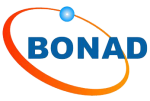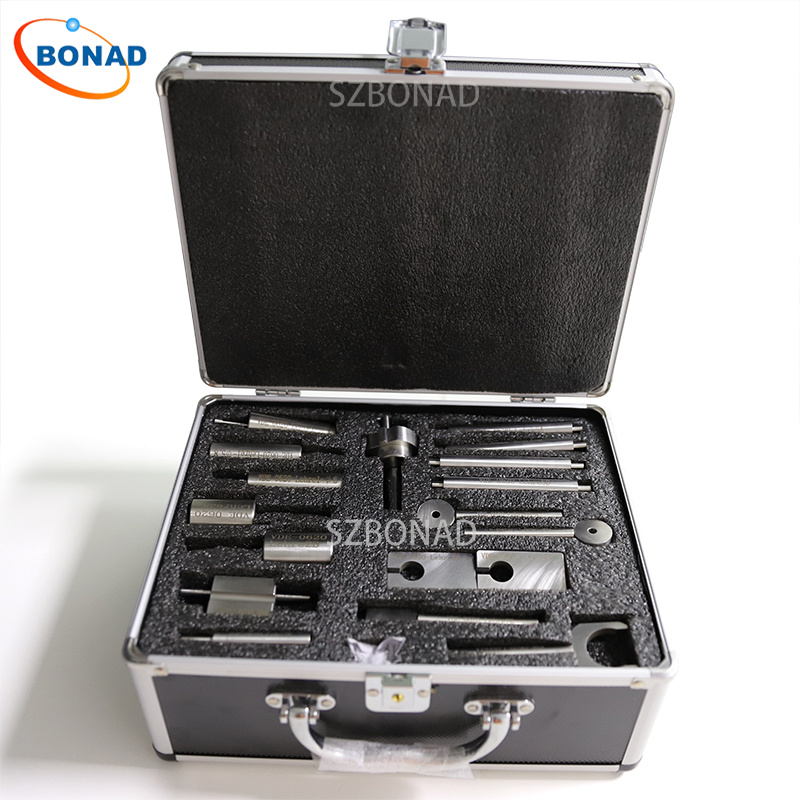Introduction:
In the realm of product safety and quality assurance, adhering to established standards is crucial. Two highly respected organizations that set these standards are Underwriters Laboratories (UL) and ASTM International (formerly the American Society for Testing and Materials). Although both UL and ASTM are instrumental in developing industry-specific standards, they each have unique areas of focus. This article aims to elucidate the differences between UL and ASTM regarding their scope, testing methodologies, and certification processes, helping businesses effectively navigate these essential standards.
UL: Championing Product Safety
Underwriters Laboratories (UL) is a globally recognized certification authority specializing in product safety testing and certification. UL’s mission is to safeguard human health, safety, and well-being by creating and promoting stringent safety standards. These standards span a wide array of products, including electrical devices, consumer goods, building materials, and more.
UL Standards and Testing:
UL maintains an extensive collection of safety standards that are acknowledged both nationally and internationally. These standards detail rigorous performance and safety requirements, specifying testing methods, performance criteria, and manufacturing guidelines. UL’s state-of-the-art testing facilities employ certified professionals to conduct thorough evaluations. Through laboratory testing, inspections, and audits, UL ensures that products comply with their stringent safety criteria.
ASTM: Defining Quality Standards
ASTM International is a globally recognized organization dedicated to developing voluntary consensus standards for materials, products, systems, and services. ASTM focuses on establishing standards that ensure quality, consistency, and reliability across diverse industries.
ASTM Standards and Testing:
ASTM offers an expansive collection of standards covering various industries and applications. These guidelines provide detailed specifications for materials, performance testing methods, and quality control procedures. Unlike UL, ASTM does not primarily focus on product safety certification but rather emphasizes the technical aspects of materials and systems to ensure their reliability.
Differences in Scope:
UL’s standards predominantly address product safety concerns such as electrical hazards, fire resistance, mechanical integrity, and environmental impact. These standards often align with national and international codes and regulations.
Conversely, ASTM covers a broader spectrum of industries including construction, energy, materials manufacturing, among others. ASTM’s focus lies in defining technical specifications and test methods to ensure material quality and product reliability.
Certification Processes:
UL’s certification process involves an exhaustive evaluation of products against their safety standards. Products that meet these criteria receive the UL Mark as a testament to their compliance with stringent safety requirements. Furthermore, UL conducts regular follow-up inspections to ensure ongoing adherence to these standards.
ASTM does not provide certification programs but focuses on developing consensus-based standards that serve as reference points for manufacturers and regulatory bodies. Manufacturers can utilize ASTM standards as benchmarks for quality control during product development.
Conclusion:
Both UL and ASTM play pivotal roles in enhancing safety, quality, and reliability across various sectors. While UL specializes in product safety testing and certification, ASTM develops technical guidelines that promote consistency in material quality. Understanding the distinctions between UL’s rigorous safety certifications and ASTM’s comprehensive technical standards enables businesses to better navigate these frameworks. By adhering to these established guidelines, companies can achieve higher market acceptance while ensuring their products meet or exceed industry expectations.


